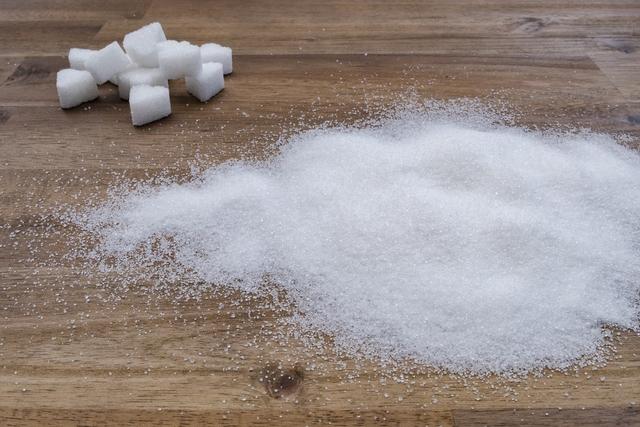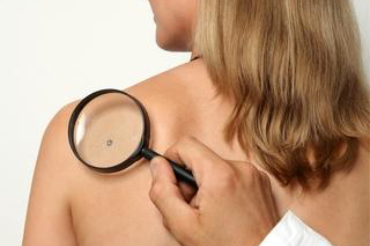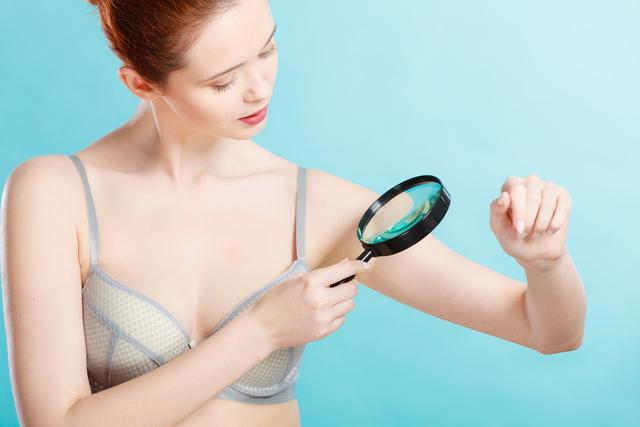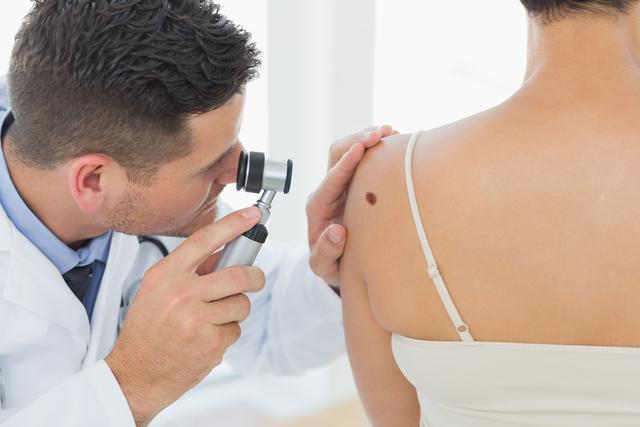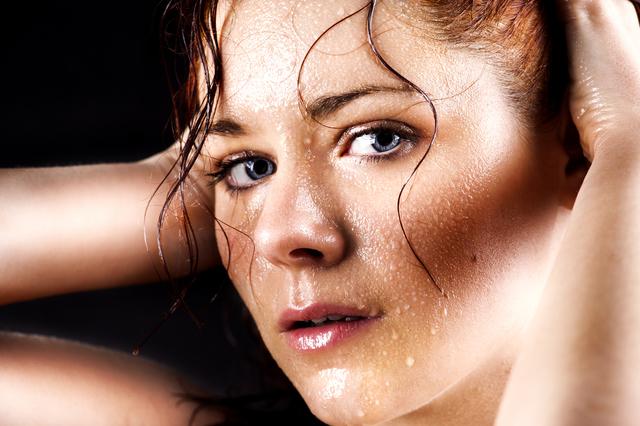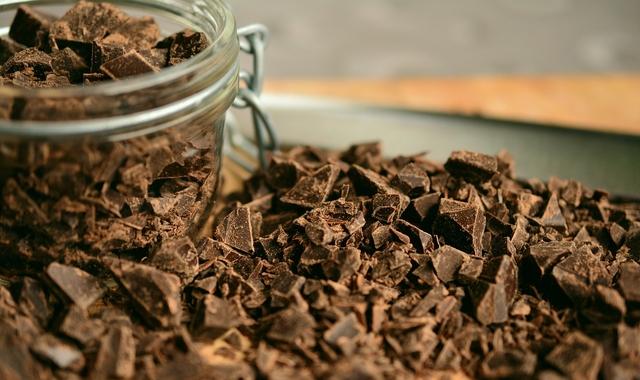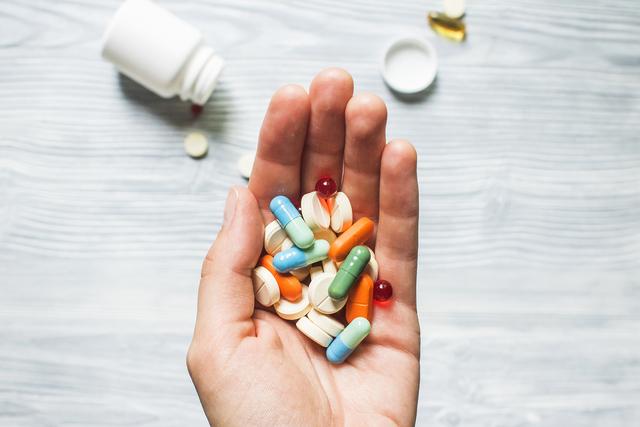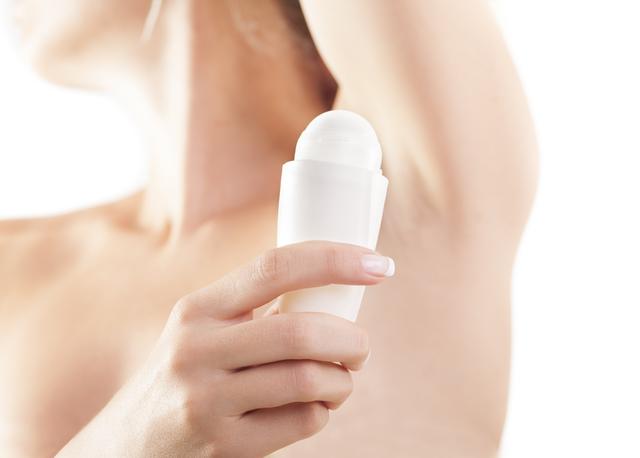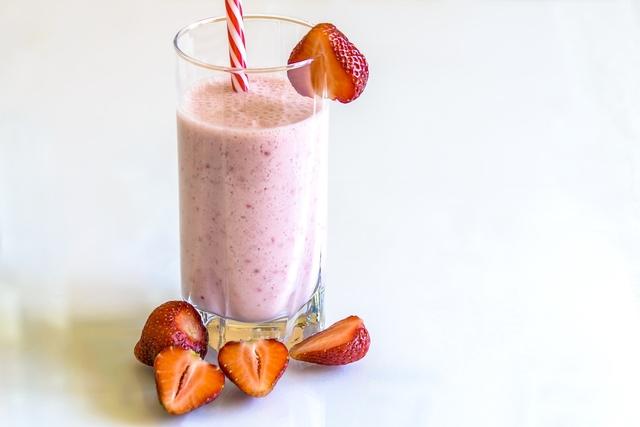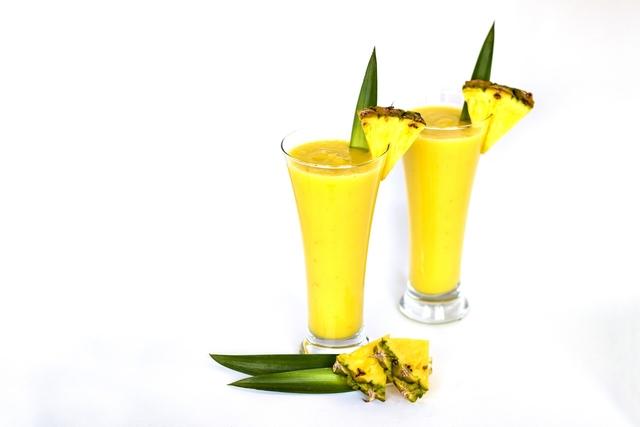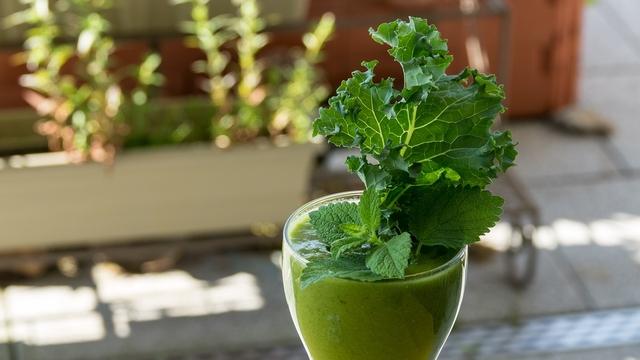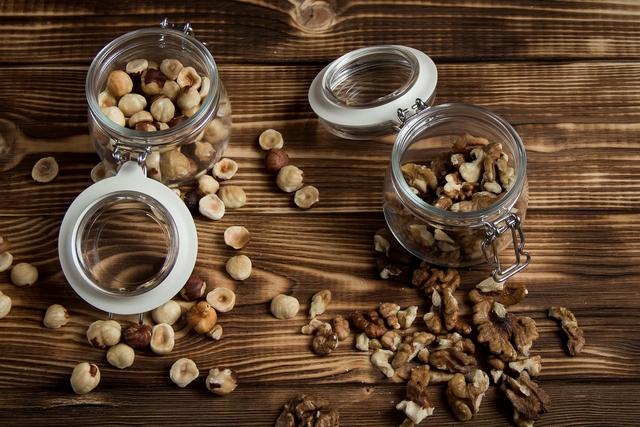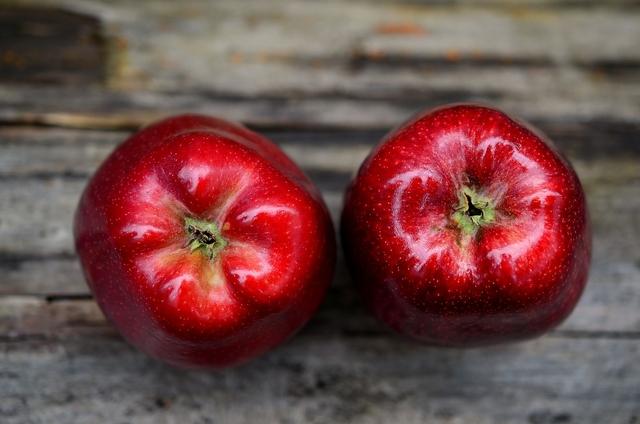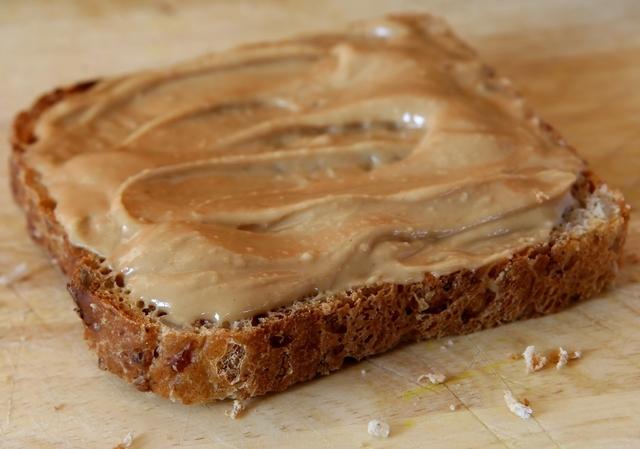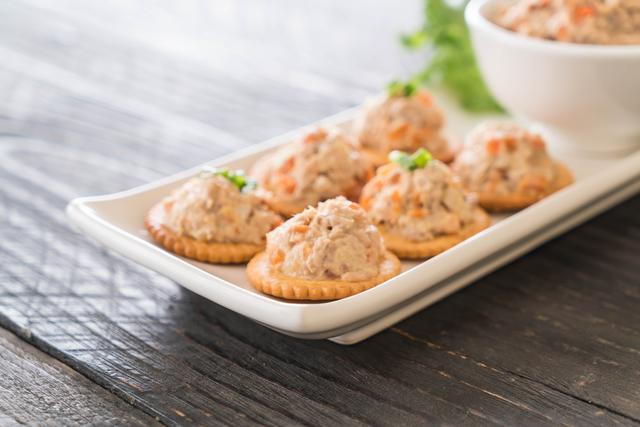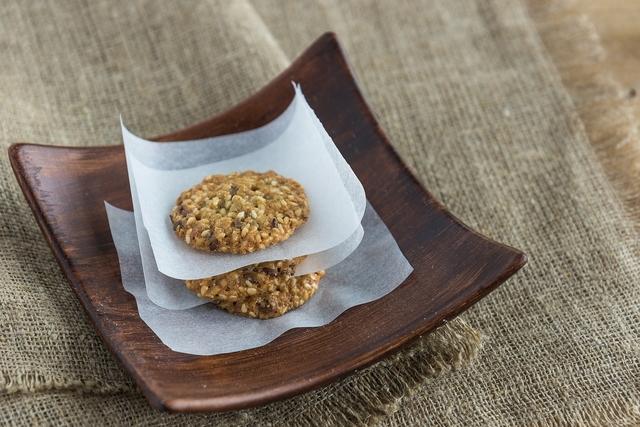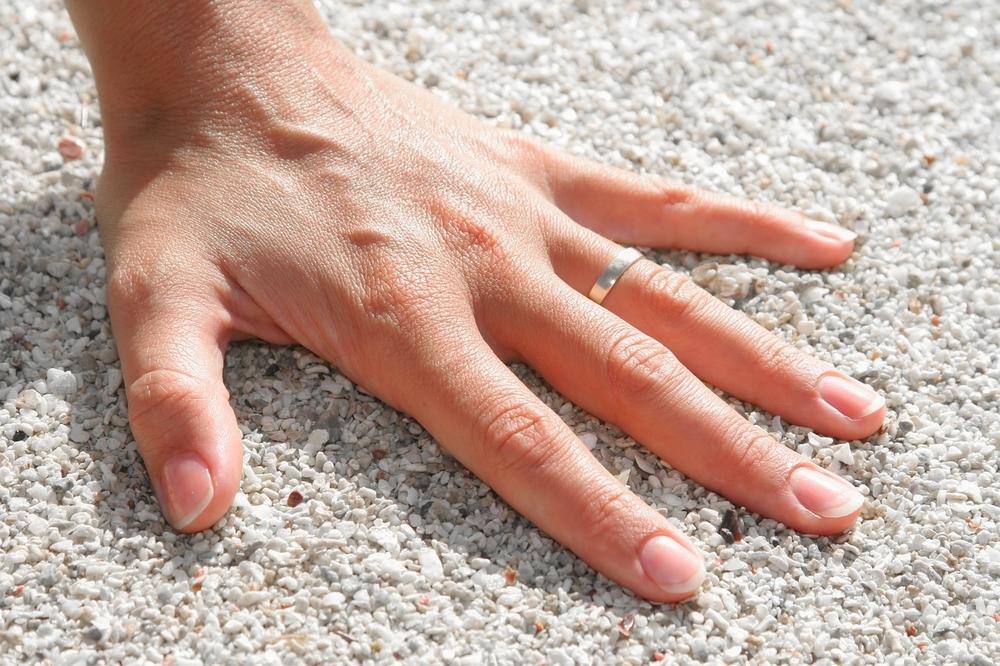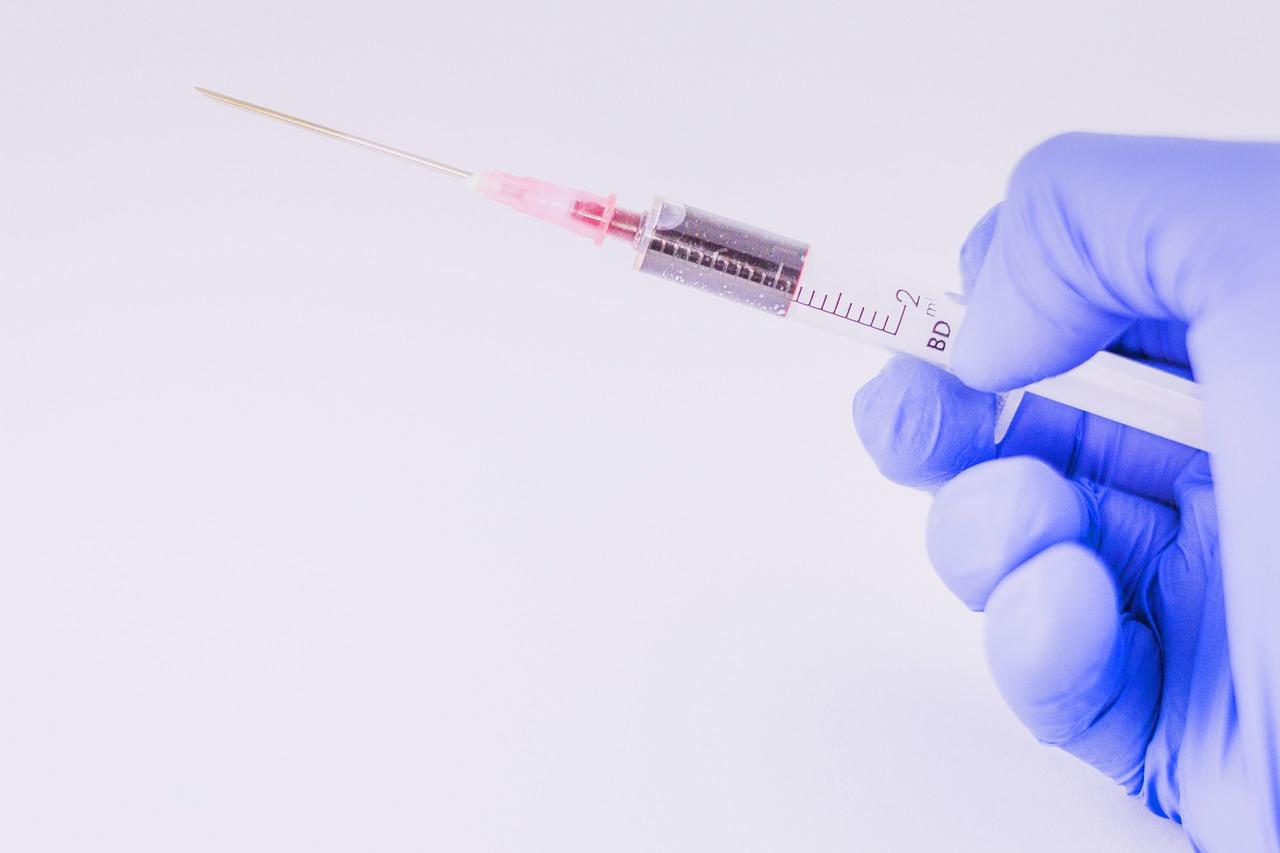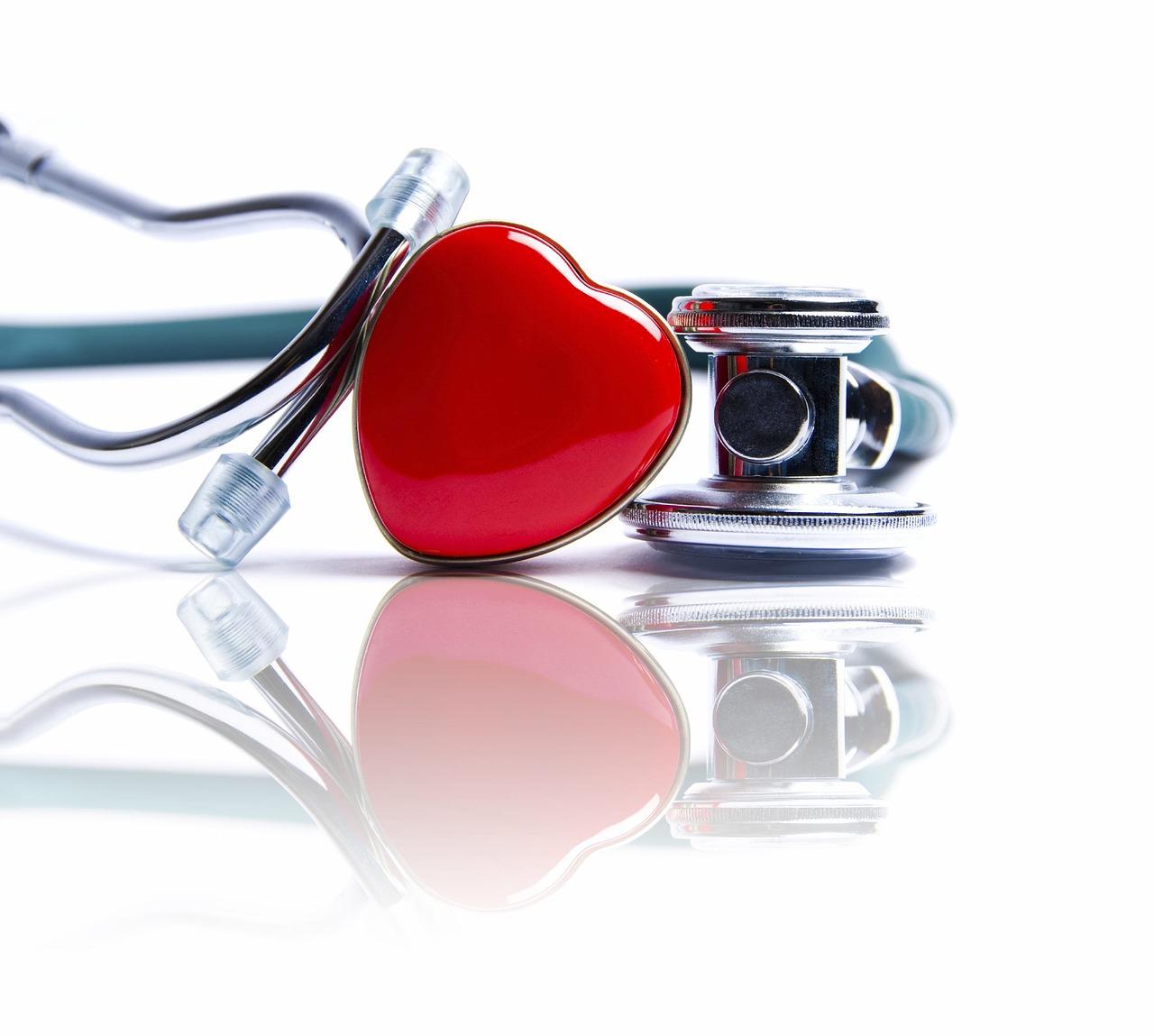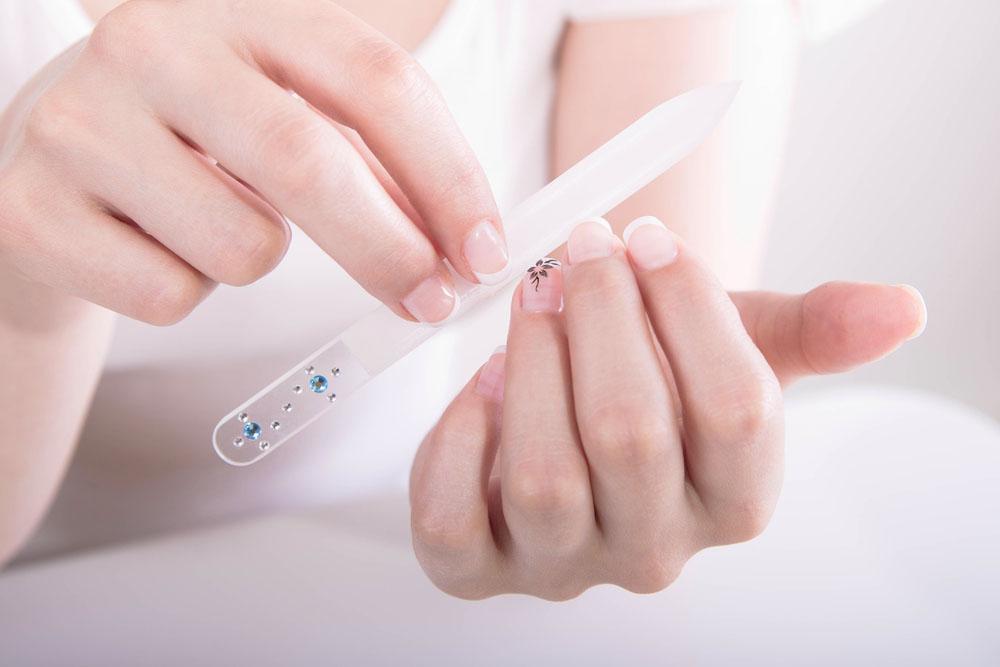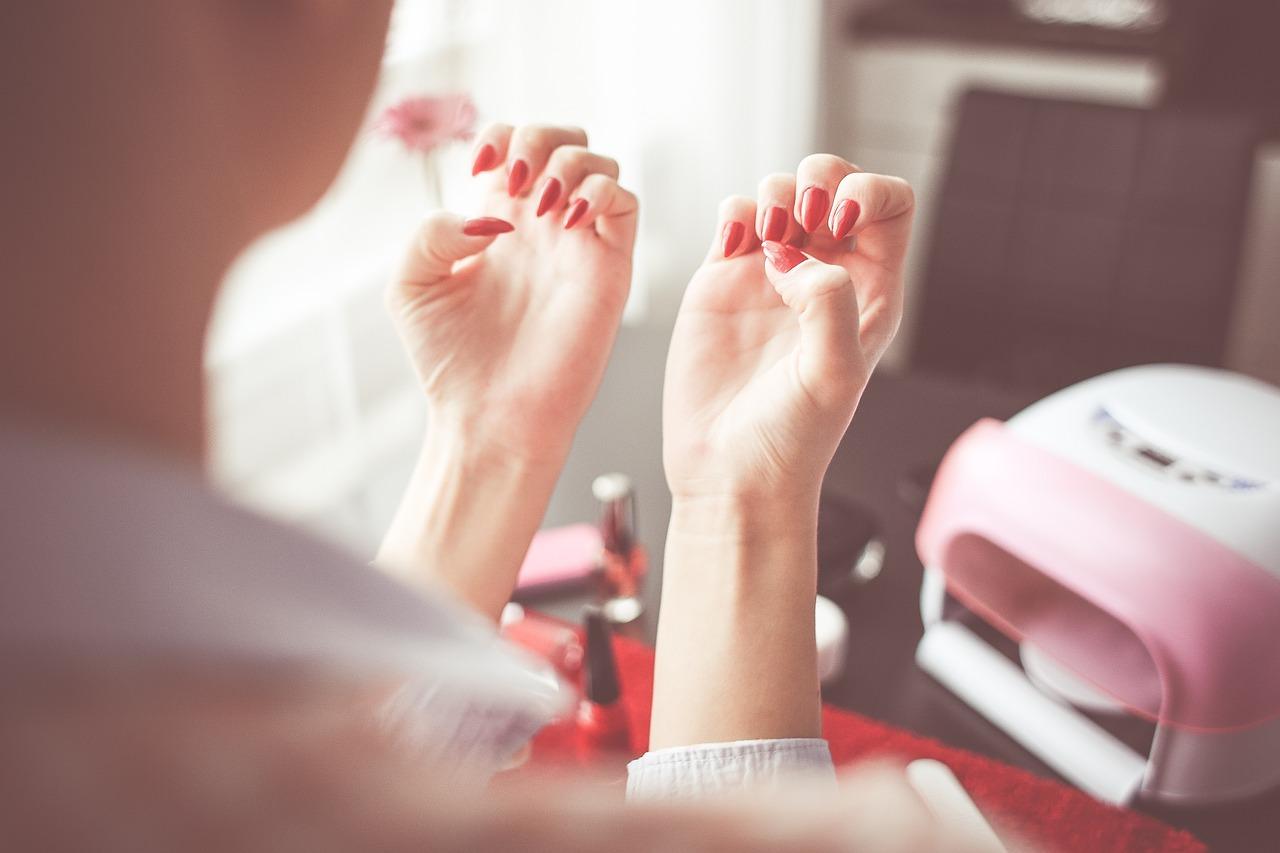We talk about sugar and its harmful effects on our body very often, but are we doing something to eliminate it from our diet? Sugar is an extremely destructive substance, which unfortunately most of us eat too much. Meanwhile, sugar plays a key role in the development of very dangerous diseases such as heart disease, cancer and diabetes.
Our body needs only trace amounts of sugar to function, but unfortunately we eat it very much, far too much. The average Pole eats about 25 teaspoons of sugar a day.
Here are eight ways to eliminate sugar from your diet
1. Eat regularly
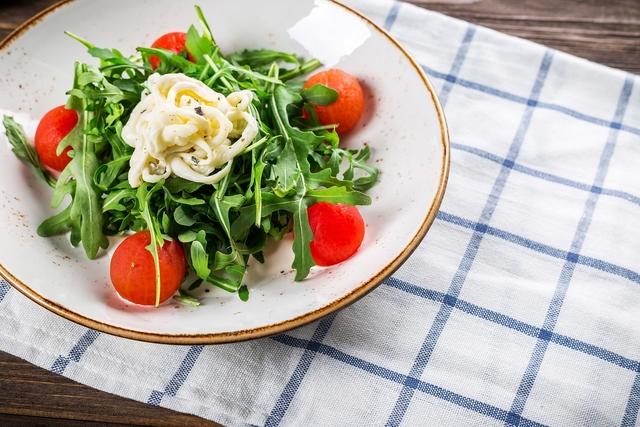
Eat three meals and two snacks or five small meals a day. Irregular food causes the blood sugar level to drop, then we feel hungry and we feel more like "something" sweet.
2. Choose unprocessed foods
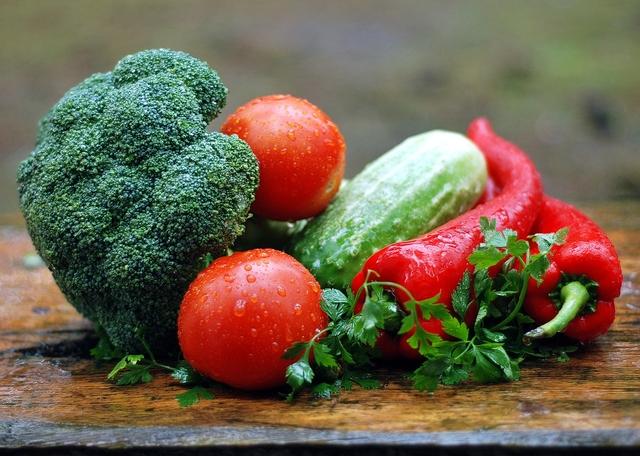
The less processed products, the less sugar there is. Foods in their natural form, including fruits and vegetables, usually do not contain a large amount of sugar dangerous to us, and eating them does not cause rapid drops and increases in glucose, which allows you to maintain regular meals and reduces the occurrence of "hunger attacks".
3. Control your appetite
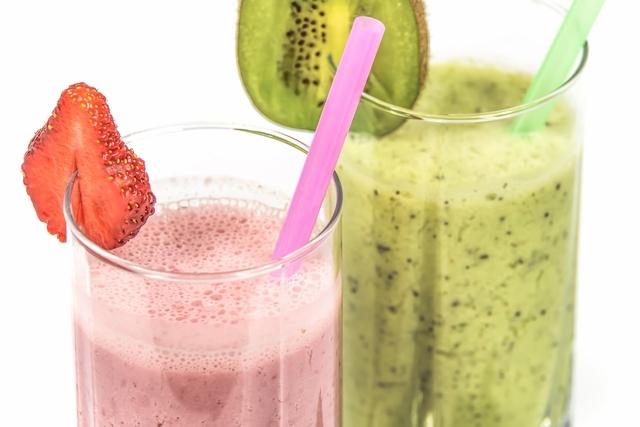
For breakfast, choose products that will provide you with the right amount of protein, fat, vitamins and minerals. Cocktails are perfect here. Breakfast, which contains a lot of sugars and carbohydrates is the worst option, because it stimulates the appetite for the whole day. A good breakfast will make you feel like eating something sweet for a long time. Protein and fat is a very important ingredient in every meal, try not to run out of it in your menu, thanks to which it will be easier for you to control the level of sugar in your body.
If you need to sweeten your dishes, try to use spices that do not contain sugar, but can naturally sweeten your meals. Try coriander, cinnamon, nutmeg, cloves and cardamom.
4. Take care of your body and mind
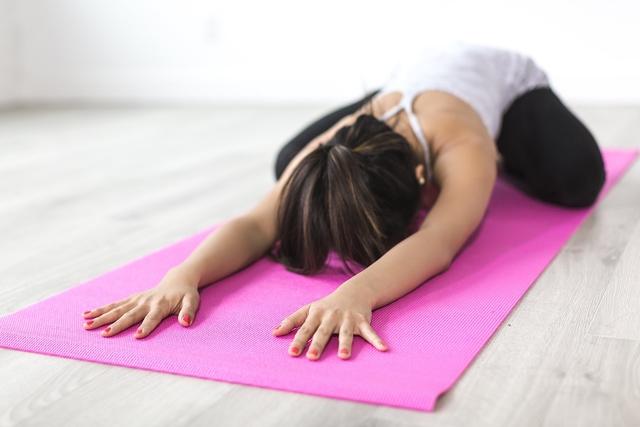
Move, exercise, dance or go for yoga. Regardless of what form of movement you like, exercise always helps reduce stress, add energy and reduce the need for sugar.
Relax, when you are tired, you often use sugar to add energy and counteract fatigue.
Do not be afraid to speak, unfortunately sugar often leads to addiction, if you feel that this problem also affects you, do not be ashamed to seek help, talk to your loved ones and your doctor about it, you may need professional help.
5. Don't buy sweets.
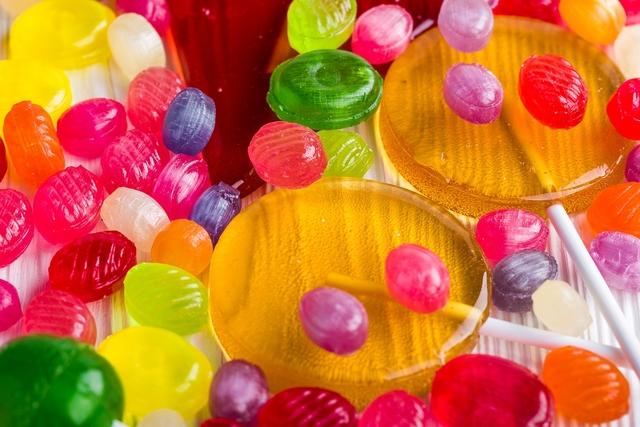
It is hard to eat things that are not there! Therefore, try not to buy sweets, do not get used to artificial sweeteners, do not substitute sugar with them, it will only make it harder for you to limit it in your diet.
6. Learn to read labels

It is very important to read the labels, products that you buy, unfortunately, it often turns out that what seems healthy could actually be stuffed with harmful chemicals and sugar. Also pay attention to how long the list of ingredients is, the longer the worse. This means that the product is highly processed and most likely contains a lot of sugar. Choose products with no or little sugar (1 teaspoon of sugar is approximately 4 grams). Familiarize yourself with sugar terminology, then you will understand that sugar is also agave, corn syrup, corn sugar, corn syrup, fructose, sucrose, dextrose, honey, sugar cane sugar, sugar cane crystals, fruit juice concentrates, molasses, turbinado sugar and brown sugar.
7. Avoid complex carbohydrates

Remember that most of the complex carbohydrates that we consume, such as bread, rolls and pasta, cause a rapid increase in glucose in the body, so it's better to give them up or significantly reduce them.
8. Change your thinking
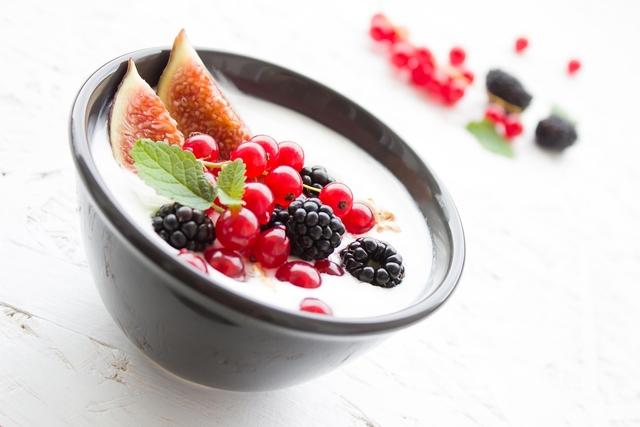
Many things are encoded in our head, so if we think of sweet products as something that gives us pleasure, it is not surprising that we constantly reach for sugar. If we change our thinking and start treating it as something illegal, an illegal, harmful substance that drives our body to ruin, we may be afraid of reaching for sweets.
And if you really need something sweet, it's better to replace sugar with fruit.

